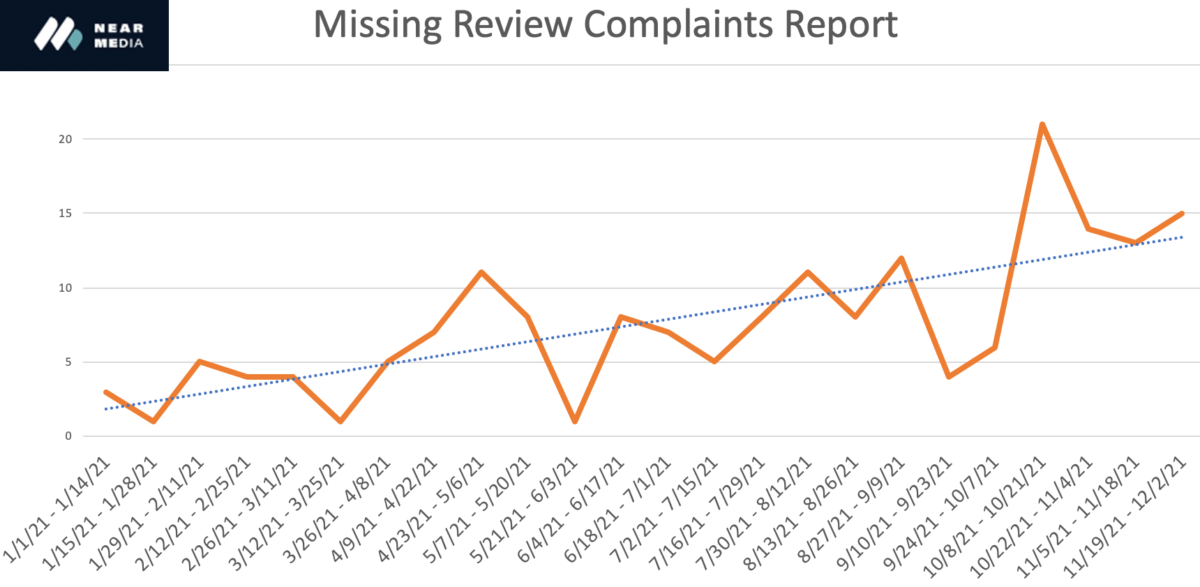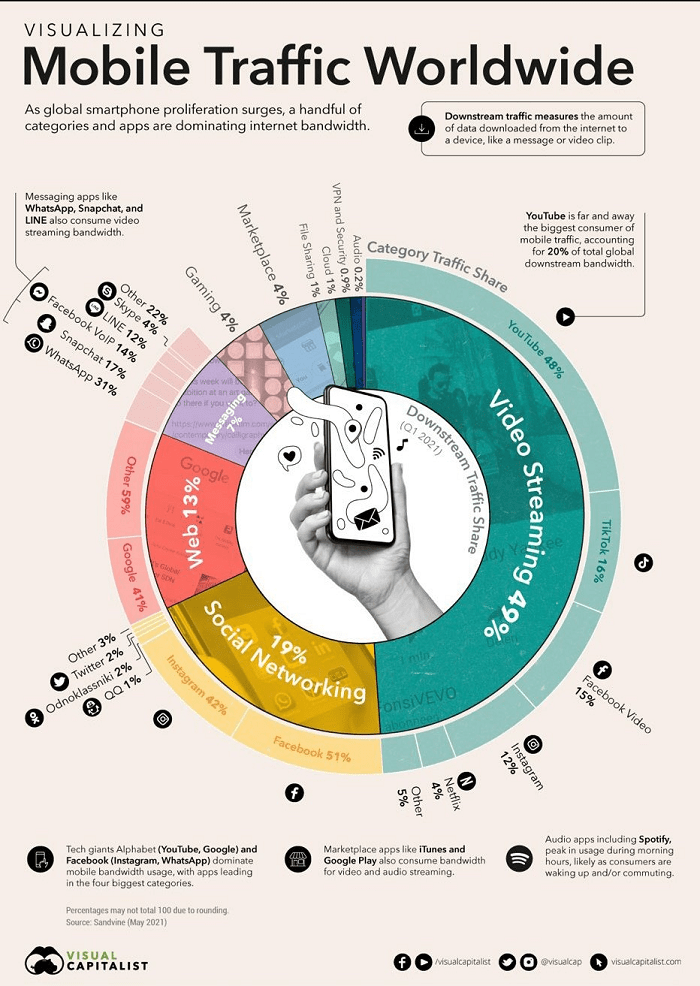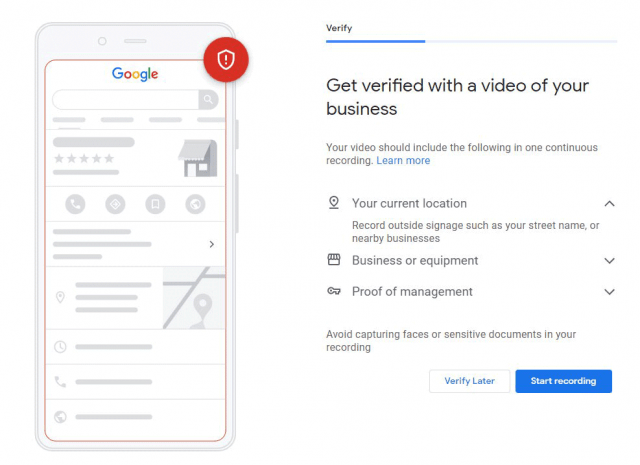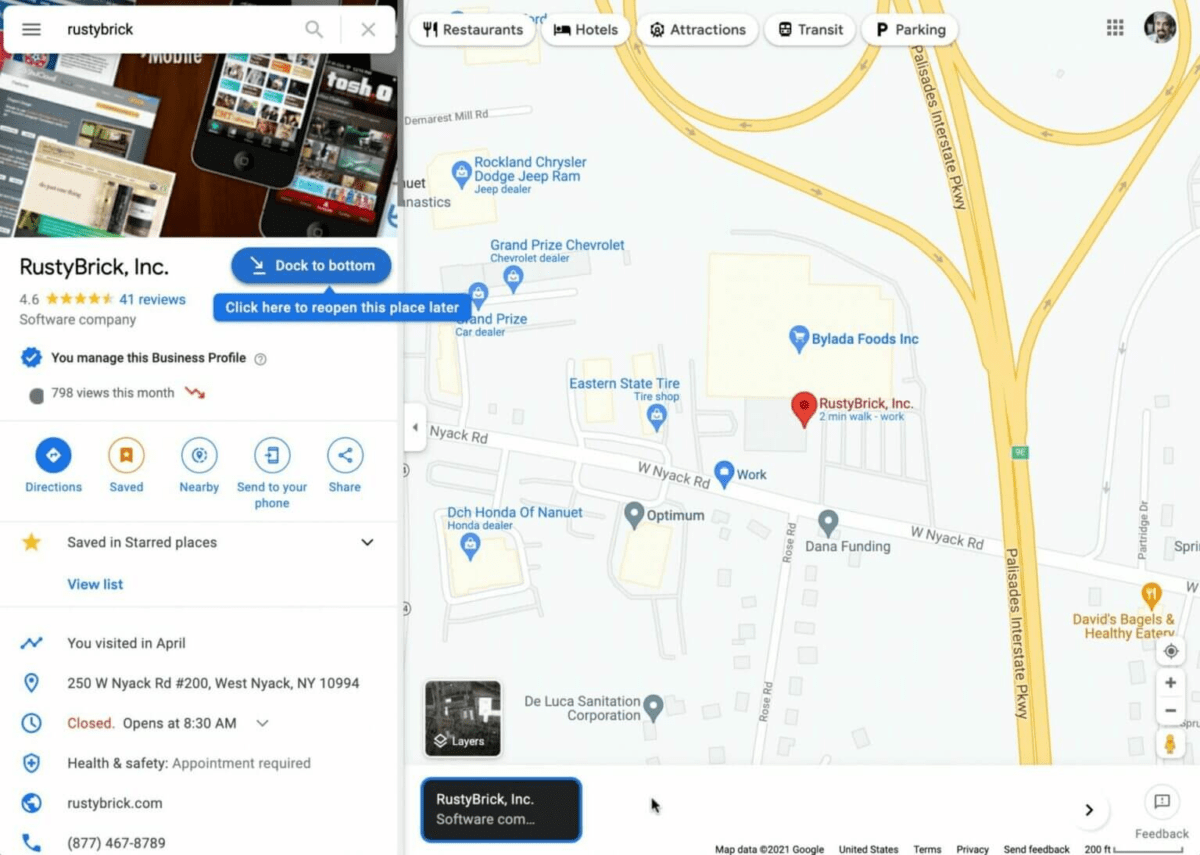In this week’s update, learn about Google’s November local search update; a spike in filtered Google reviews; a new video verification option for Google Business Profiles; TikTok’s restaurant chain concept; a dock button for Google Maps; and a global view of mobile phone usage.
The Local Memo: Google Confirms November 2021 Local Search Update
After numerous reports of local ranking volatility over the past few weeks, Google has somewhat belatedly confirmed via Twitter that a ranking update has in fact taken place, stating, “Our November 2021 local search update has concluded. It began Nov 30 and ran through Dec 8. It involved a rebalancing of various factors we consider in generating local search results.” The announcement suggests that businesses should look for guidance to the standard help document “How to improve your local rankings on Google.”
Joy Hawkins, not content with this explanation, has done some research of her own, as a result of which she has suggested we call this the Vicinity Update. She suggests this is the biggest update in local rankings since 2017, and that it is largely characterized by a loss of rankings by businesses further from the point of search – in other words, an increased emphasis on proximity, one of the three ranking factors highlighted by Google in the aforementioned help doc. This change has benefited businesses who were previously losing out to market-dominating competitors, often those with keyword-rich business names, and has generally led to greater variety in search listings and loss of ability to rank across a broad area simply by means of having better SEO characteristics. Hawkins mainly uses attorneys as examples; different business types may see varying results.
A Spike in Filtered Google Reviews
Also from Joy Hawkins comes a report about the increased incidence in recent weeks of reviews not being published even though they don’t obviously violate Google’s guidelines. She explains that in rare cases, a review might be removed by a human moderator at Google due to a content policy violation, but most often reviews are removed via Google’s automated filtering logic. Per research into forum reports by Mike Blumenthal, complaints about filtered reviews have been growing throughout the course of 2021.
Hawkins chronicles several cases, with contributions from Jason Brown, where seemingly obvious review scams are not removed by Google’s filters, then turns to some common reasons why Google might filter reviews. These include using free WiFi at a Starbucks or similar business, where Google might mistakenly flag your review because lots of other reviews have been linked to that IP address, and writing reviews for businesses that are far from where you live, if Google has reason to believe you haven’t visited there. Google also intentionally filters reviews for education categories, even though users are permitted to post them without seeing any error.

Courtesy Mike Blumenthal / NearMedia
New Video Verification Option for Google Business Profiles
Ben Fisher has shared news on Twitter of a new verification method for Google Business Profiles that may alleviate the pain of certain businesses who have had trouble getting their locations verified through other methods. The new method allows businesses to complete the verification process by recording a video of their business location and uploading it to their Google Business Profile Manager dashboard.
There was a prior version of video verification, first released in 2018, where businesses would have to schedule time with a Google representative and share video in real time of their business signage and other proofs of ownership. This was offered in cases where businesses could not easily verify their locations via standard methods like postcard and phone. Self-paced video verification could prove to be a much easier option. So far, though, it is unclear when Google will surface the new verification method as an option.
Courtesy Ben Fisher
TikTok to Open Its Own Delivery Restaurants
Taking a surprising route toward insinuating itself into local commerce, TikTok has announced it will open a chain of delivery-only restaurants in 2022. Though the move is unexpected, the theme is very on-brand: the company plans to use viral recipe videos as the basis for the meals prepared and served by the new chain. The restaurants will carry the TikTok name and the endeavor will be produced in partnership with Virtual Dining Concepts and Grubhub. According to TikTok’s plans, 300 restaurant locations will be open by March and 1,000 will be up and running by the end of the year.
TikTok partner Virtual Dining Concepts is also behind the successful launch of Mr. Beast Burger, a similar delivery-only chain capitalizing on the popularity of YouTube star Mr. Beast. Both restaurant chains, rather than operating physical locations, make use of staff and equipment at existing restaurants to prepare orders for customers.
Google Maps Adds Dock Button
Google Maps has added a “Dock to bottom” button to business profiles that makes it easier to keep track of a list of businesses when you may be searching for options or building an itinerary. Clicking the button “docks” the listing at the bottom of your screen, where multiple listings can be saved for viewing later. I can’t reproduce this yet but it appears to be specific to the desktop interface for Maps.
Courtesy Barry Schwartz / Search Engine Land
A Global View of Mobile Phone Usage
An illuminating new infographic from Visual Capitalist shows the share of time spent by users around the globe across popular media and platforms on mobile phones. Specifically, the chart depicts share of downstream bandwidth, or the relative amount of bandwidth allocated to downloading various types of data from the internet. It finds YouTube to be the biggest consumer of mobile traffic on the planet, with video content on the platform making up 20% of all global bandwidth usage. Video streaming overall comprises a massive chunk of global bandwidth at 49%, with social networking, hugely dominated by Facebook and Instagram, taking the number two spot at 19%. Interestingly, Google only accounts for 41% of mobile bandwidth usage for the Web, with “Other” – presumably dominated by big international players like Yandex and Baidu – making up 59%.

Damian Rollison
Subscribe to Local Memo!
Signup to receive Local memo updates and the latest on localized marketing, delivered weekly to your inbox.

